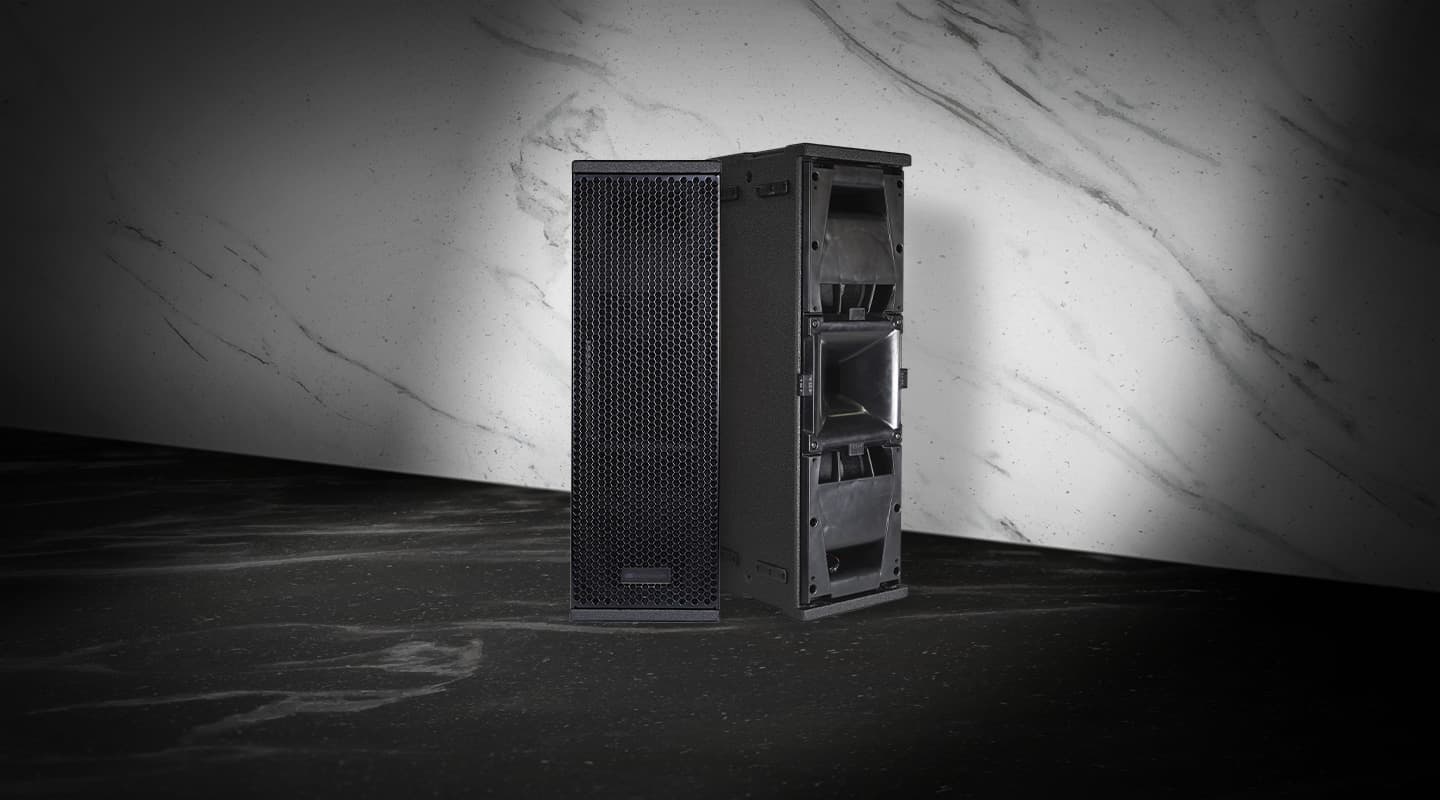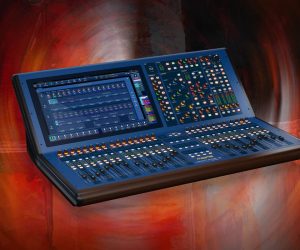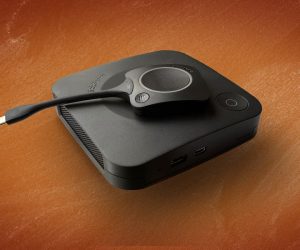
Review: dBTechnologies VIO X206
Point source or line array? The Vio X206 says, ‘Why not both?’
Review:/ Preshan John
Loudspeaker technology has developed at a rapid pace over the last couple of decades. Dispersion has become incredibly precise and predictable. Coverage across the sound field has become smoother and more uniform. Throw distances have increased and box sizes have decreased.
In many respects, a compact loudspeaker like the dBTechnologies VIO X206 is a result of these types of developments. Gone are the days where small size means small performance. The X206 is indeed compact (65cm x 27cm x 21cm) and fairly lightweight at 17.3kg. The cabinet houses two 6.5-inch transducers and a 1-inch compression driver. Like most dBTechnologies products, it’s self-powered with a built-in 900W RMS Class-D Digipro G3 amplifier for a maximum SPL of 131dB and a commendably broad frequency response of 66Hz–19.5kHz (-10dB).
But aside from its impressive performance specs, the VIO X206 has a nifty trick up its sleeve. Its standard 60° x 90° horn can be swapped out for a 100° x 15° waveguide, instantly transforming it from a point source box for small to medium gigs into an array-able cabinet ready for larger scale applications. This makes the X206 uncommonly versatile and thus an attractive option for those needing adaptability.
ARRAY OF OPTIONS
Take one look at the X206 and you can see how it presents itself as an ideal point source loudspeaker for a variety of smaller sound reinforcement applications. The slim form factor makes for neat and discreet wall or pole mounting in spaces anywhere from pubs and restaurants to churches and function rooms. Horizontal and vertical brackets for the X206 are available from dBTechnologies to suit a venue’s needs, including pole mounting, wall mounting, and truss mounting. For portable use, the X206 needs an adaptor to fit a regular speaker stand.
dBTechnologies has enhanced the X206’s functionality with Ease Focus predictive software and Aurora Net control and monitoring software. Connect via the RDNet protocol using the Data In etherCON port on the back of the X206, and use Data Out to daisy chain with extra modules in a line array configuration. The software is an exception value-add which lets you get the most out of a pair or group of X206s – 32-bit DSP processing allows for accurate delays, phase visualisations, EQ curves, and so on – without moving from the FOH position.

MORE INFO
dBTechnologies VIO X206
Compact Array-able Active Loudspeaker
PRICE
$6,443ea RRP
CONTACT
NAS Solutions: (03) 8756 2600 or sales@nas.solutions
PROS
Impressively full range sound
Throws well even in point source mode
Compact box weighing just 17kg
Excellent build quality
CONS
Mids can get barky
SUMMARY
The dBTechnologies Vio X206 covers a lot of bases for small- to medium-sized sound reinforcement applications, and it sounds bigger than it looks. Not only a capable, full-range and versatile point source box, the X206’s line array capability means it can meet more specific live or installation criteria.
BOX OF SURPRISES
NAS sent us two X206s loaded with the 90° x 60° rotatable horn. Chris and I set them up in the empty auditorium of a local church that’s definitely too big a space for them to fully cover on their own, but it was a chance to see how hard they’d try. My first observation was how far these compact boxes can throw. A two-position ‘HF Correction’ switch on the back of the unit offers high frequency optimisation depending on your throw distance requirements in both point source and line array applications. I could stand about 15m back without key elements in program material falling apart in the slightest. Snare drums, vocals, guitars and percussion all felt present and detailed when reasonably on axis. However, moving laterally at this kind of distance showed where the X206’s capabilities are stretched as its coverage is less predictable when more distant. Moving in closer yielded a smoother coverage from left to right across the stereo spread of the two loudspeakers set up perpendicularly. Top tip: if you’re using the X206’s on sticks, play with the rotation of each box in small increments until the horizontal coverage becomes nice and uniform at your audience’s average listening distance – I found there’s a definite sweet spot and things quickly get lumpy when you deviate from it.
The X206 is a surprisingly full-range box. Perhaps I say ‘surprisingly’ because its compactness dulled my expectations, but it sounds noticeably bigger than it looks, especially in the low end. Bass frequencies emanate with as much confidence as the midrange albeit with less articulation, but still plenty enough to not feel tinny, small or weak in a medium-sized space. Of course, the X206 can’t break the laws of physics – if you want chest-rattling doof, plug in a subwoofer. Otherwise, as far as tone goes, I found the generous dose of high mids from the horn can get fatiguing if you’re standing right in the firing line. However, this midrange presence makes vocals eminently mix-able even in a dense production. The Digipro amps supply enough depth and headroom to handle several instruments and vocals without sacrificing clarity or space.

TO THE POINT
My time with the dBTechnologies Vio X206 was spent using it as a point source box. In this configuration, the X206 is capable of a lot more than its size suggests, and perfect for anything from a solo musician playing a gig in the corner of a pub, to being the primary PA for a house of worship, or fill supplements to a larger FOH system. Conference spaces and function centres would benefit from having a couple of X206s in the store room, as would a rental or production company for setting up some last minute delays or stage fills at an outdoor event. The built-in amplification results in quick setup and the sleekness of the box means you can put it just about anywhere.
But should you wish to up the ante and cater for much larger events and audience sizes, the Vio X206 continues to put up its hand. Using it as a line array with the 100° x 15° waveguide means much further throw distances and more precise pattern control, with the full reinforcement of predictive and management software to hone the system to perfection.















RESPONSES